Crazy find! NASA Rover snaps unusual Mars rock; can be a Meteorite
NASA’s Mars rover detected an unusual rock on the Martian surface in the latest image. An expert suggested it can be a meteorite.
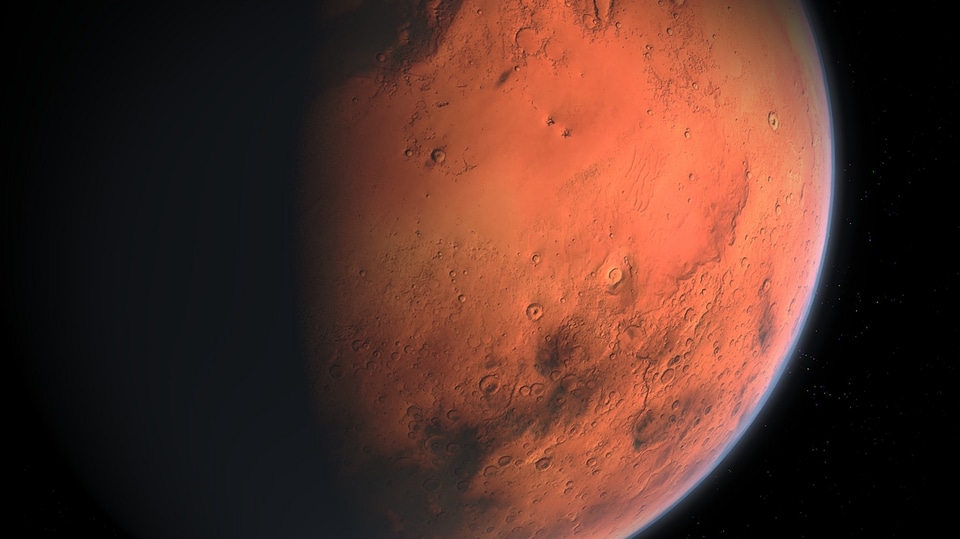
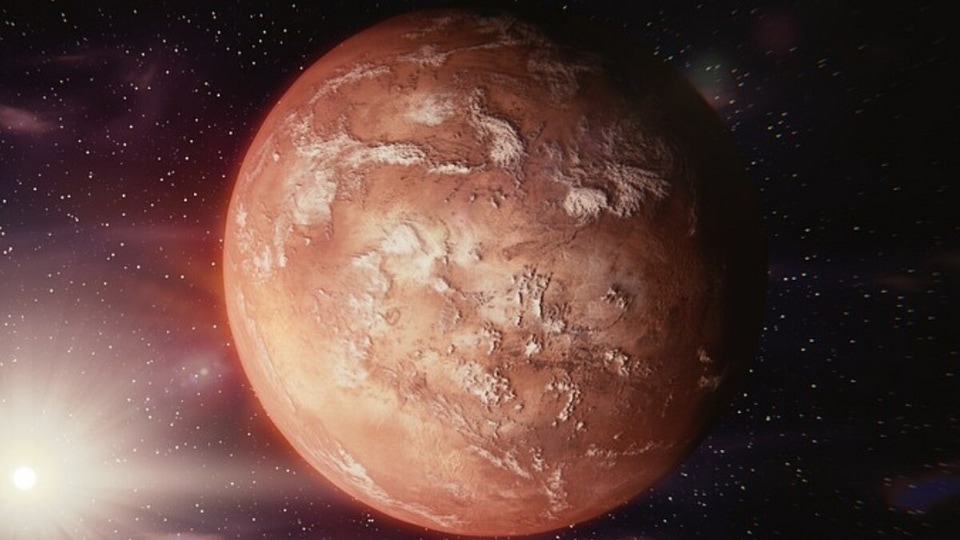


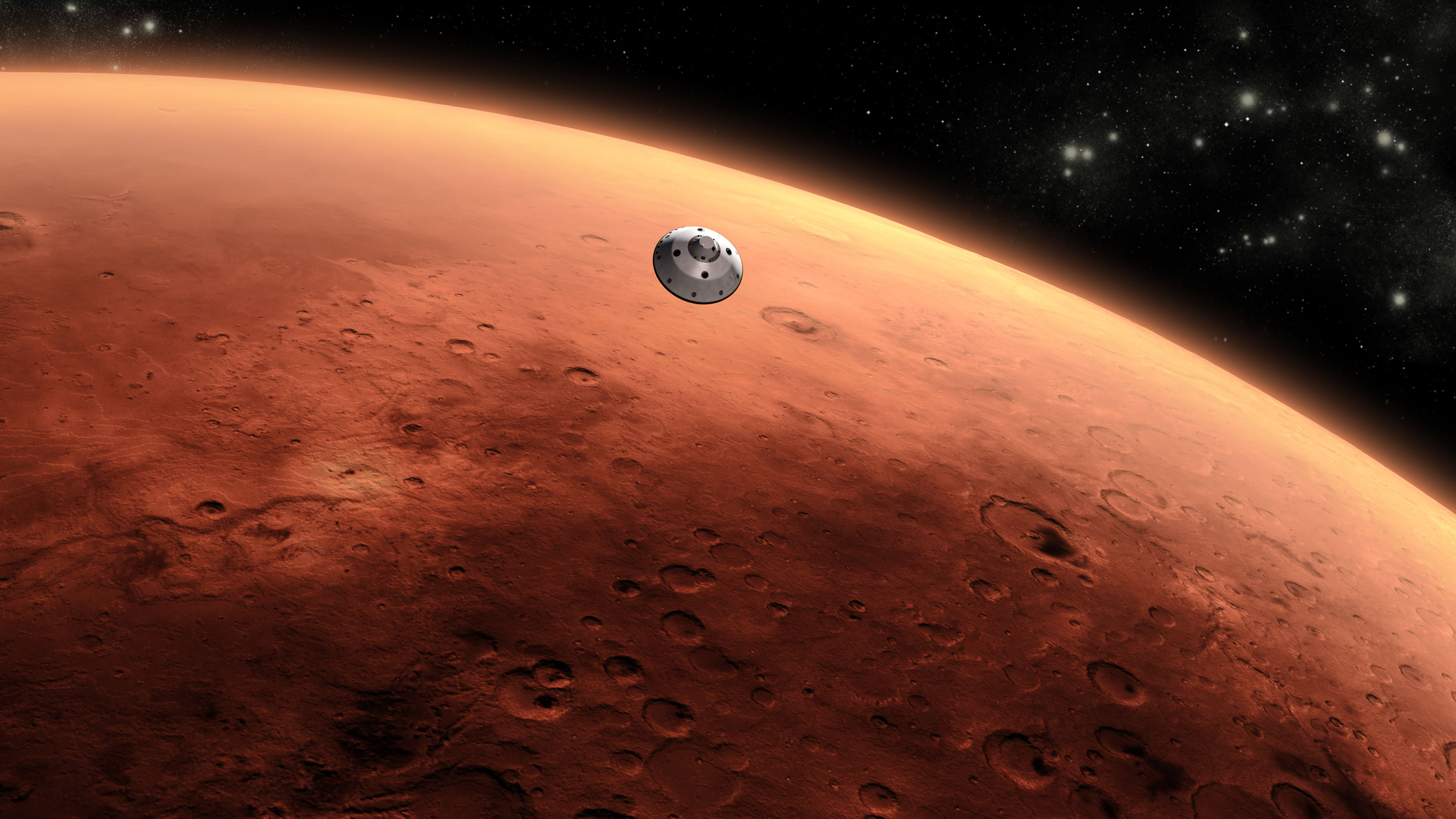
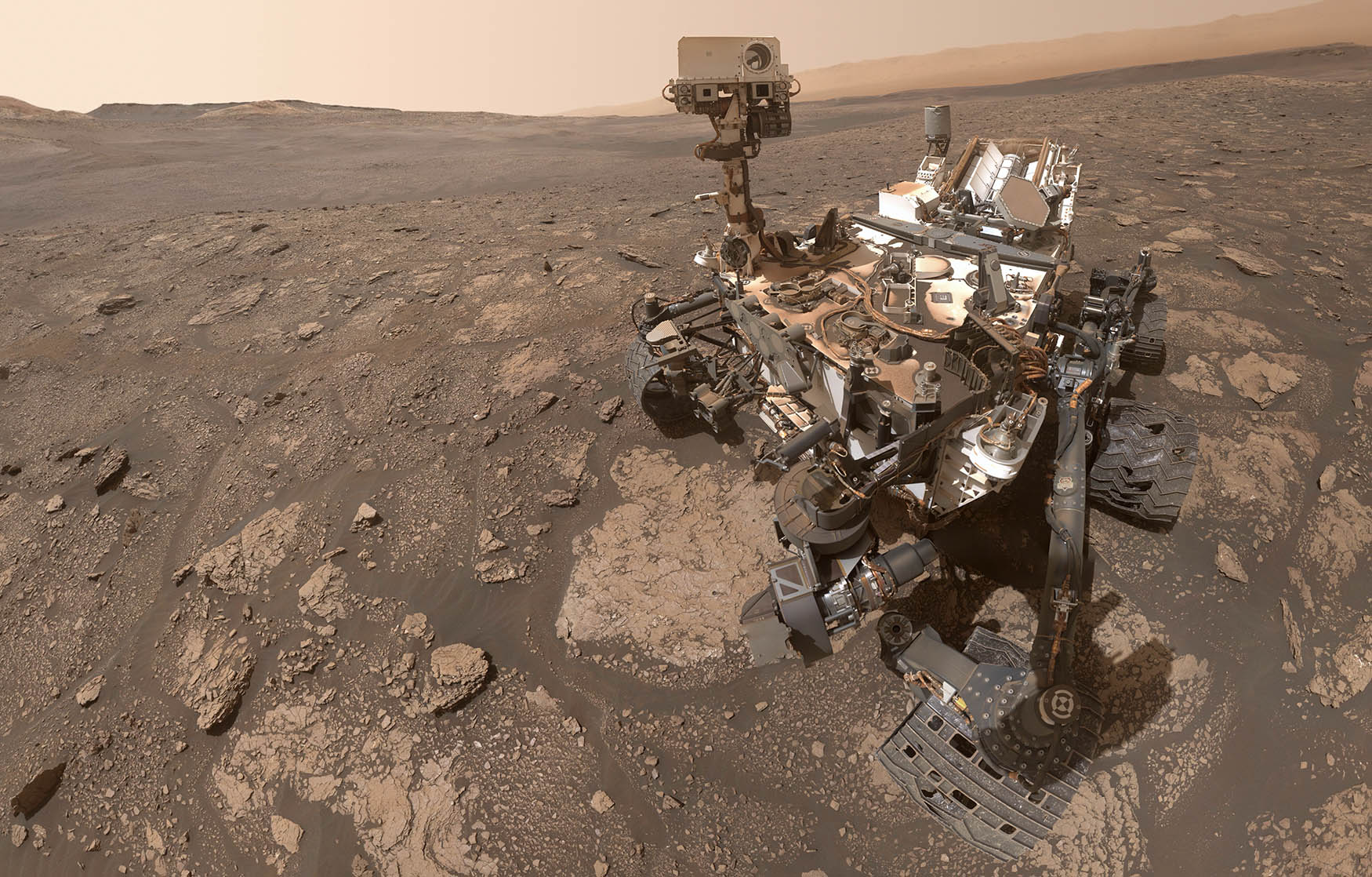
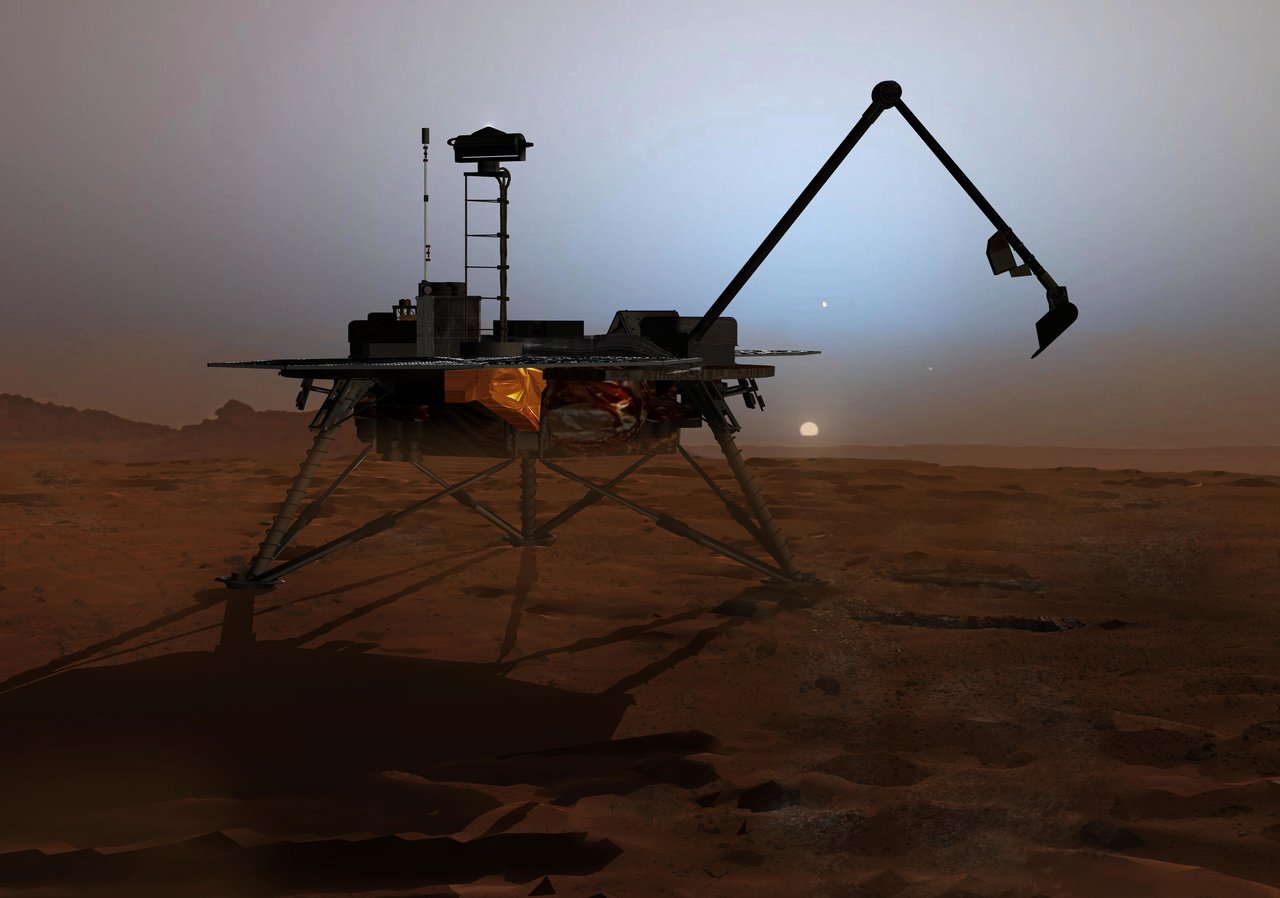
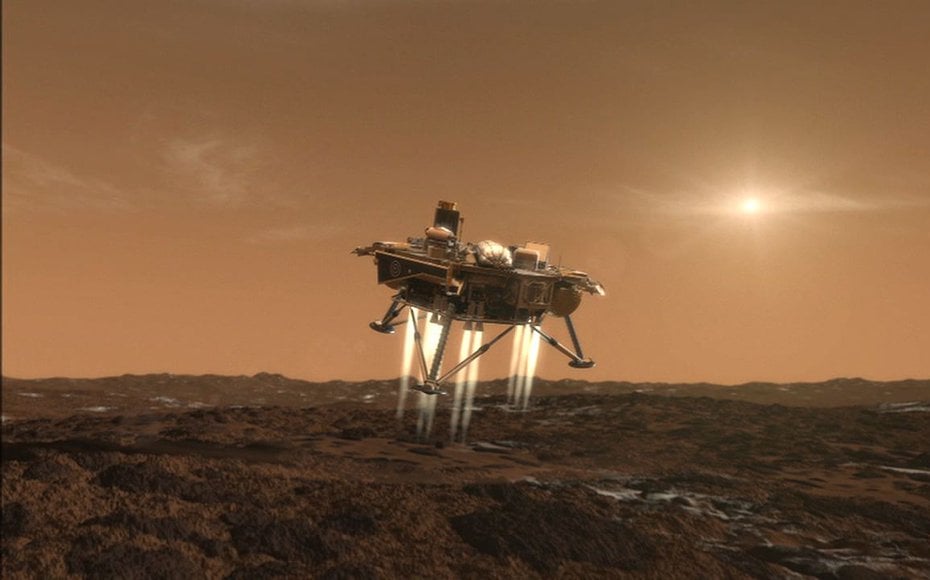
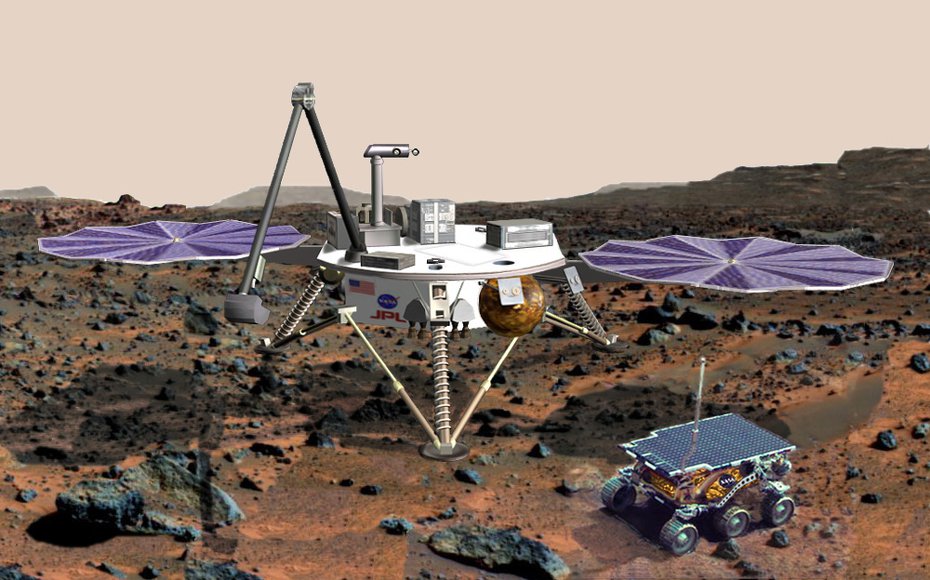

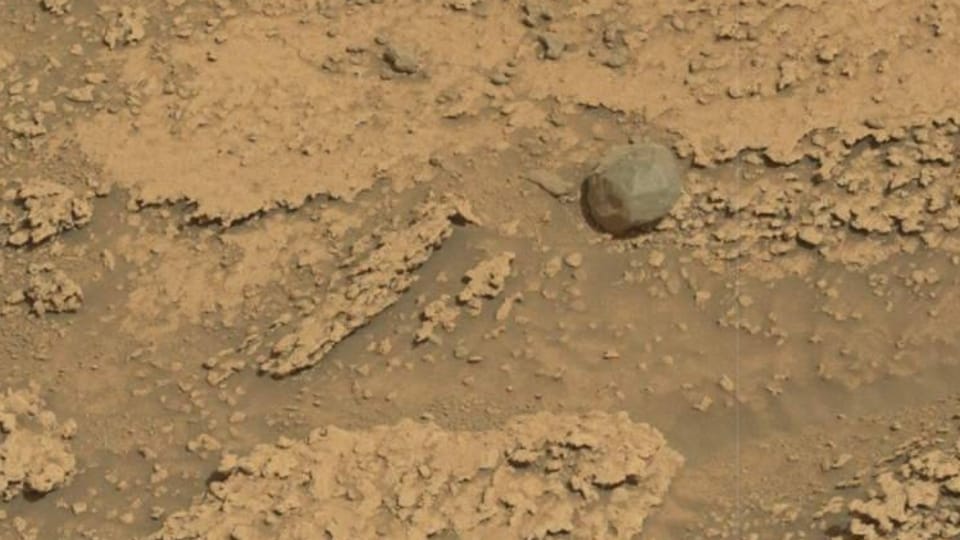
 View all Images
View all ImagesNASA's Curiosity rover has found something that doesn't fit in on the Martian surface! Though, there have been many instances in the past when an unusual object on Mars left scientists excited and puzzled, but this time, the stone is no Martian mirage. The latest image taken by Mast Camera (Mastcam) onboard NASA's Mars rover Curiosity on Sol 3706 on January 9, 2023, is puzzling scientists. It is an unusual little gray rock that doesn't match the martian surface. It could be a meteorite!
Planetary geologist Catherine O'Connell-Cooper said that, "This is an unusual gray float rock which may be a remnant of material higher up Mount Sharp or may be a meteorite. We have analyzed a few meteorites over the past 10 years, but they are not so abundant that we fail to get excited at the thought of a new one.” Yes, this is not the first time that NASA detected a bizarre rock on the red planer. Mars has been bombarded by rocks from space. Not just that, NASA's InSight lander even detected the sounds of meteoroid impacts during its mission. A "float" rock is basically one which comes from somewhere else.
Meteorites on Mars
There is a high possibility that the newly found unusual rock on Mars is a meteorite. Back in 2016, NASA studied an iron meteorite named "Egg Rock" found by Curiosity rover. It may have been part of the core of an asteroid. Scientists want to distinguish the difference between meteorites that we experience on Earth and how exposure to the Martian environment affects iron meteorites.
Mars Curiosity Rover
Curiosity is a car-sized Mars rover designed to explore the Gale crater on Mars. It was launched from Cape Canaveral on November 26, 2011, and landed on Aeolis Palus inside the Gale crater on Mars on August 6, 2012. Now, it has been more than 10 years on Mars but it never fails to surprise scientists with its unusual sights on the red planet.
Catch all the Latest Tech News, Mobile News, Laptop News, Gaming news, Wearables News , How To News, also keep up with us on Whatsapp channel,Twitter, Facebook, Google News, and Instagram. For our latest videos, subscribe to our YouTube channel.































